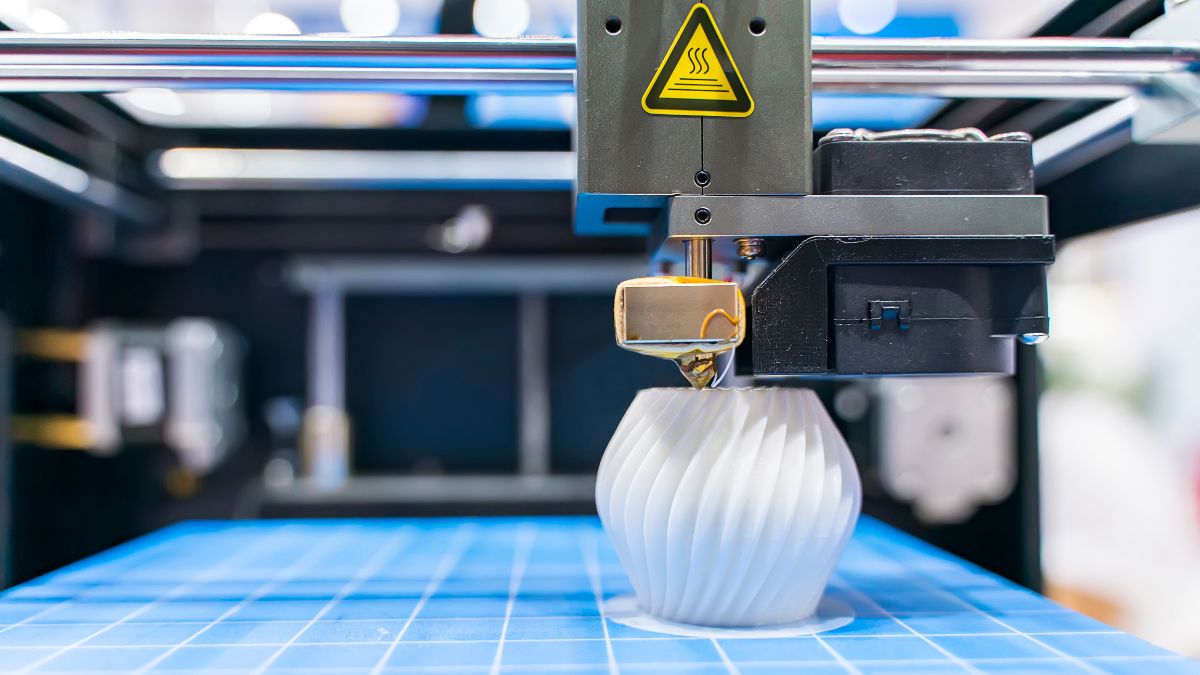Find the approach your brand needs at Innou!
In an increasingly competitive market with more conscious consumers, the new product development Sustainability can no longer be limited to offering functionality and attractive aesthetics. Sustainability has become an essential differentiating factor: both for companies seeking to lead their sector and for those that simply want to remain relevant in the long term.

Why is sustainability no longer optional?
Consumer habits have changed radically in the last decade. According to numerous studies, more than 70% of consumers prefer brands that demonstrate a clear commitment to sustainability. And we're not just talking about end consumers: large B2B clients and distributors are demanding responsible practices from their suppliers to maintain their business relationships.
At the same time, regulatory frameworks are becoming more stringent: circular economy laws, climate-neutrality goals, and restrictions on certain materials are putting pressure on companies to redesign their products. Therefore, integrating sustainability criteria into the development of new products is not only an ethical response, but also a survival and competitiveness strategy.

What does a sustainable product mean?
Before designing a sustainable product, it is important to understand what it entails:
- Resource efficiency: using less materials and energy in production, distribution, and use.
- Long life cycle: Design to last, be easily repaired and maintained.
- Responsible materials: Choose recycled, recyclable, biodegradable, or certified sustainable raw materials.
- Planned end-of-life: plan for the recovery, recycling, or composting of the product when it is no longer used.
- Positive social impact: aensure fair conditions throughout the supply chain.
The challenge lies in combining these criteria with user expectations and business objectives: quality, cost, and differentiation.

How to integrate sustainability from the start
For a new product to be truly sustainable, sustainability must be incorporated from the conceptual phase, not tacked on as an afterthought. Here are some key strategies:
-
Life cycle assessment (LCA)
Before designing, it's essential to understand where the greatest environmental and social impacts of a product lie throughout its life cycle: from the extraction of raw materials to its end of life. LCA tools allow you to prioritize actions and make data-driven decisions.
-
Collaborative ecodesign
Sustainability shouldn't be the sole responsibility of the R&D team. Involving designers, engineers, purchasing, marketing, and even suppliers from the outset allows for more comprehensive and innovative solutions.
-
Innovation in materials and processes
Exploring alternative materials, new manufacturing technologies, or circular models (such as modular or reusable products) can open up unexpected opportunities. Collaboration with startups or research centers is also a powerful source of innovation.
-
Honest and transparent communication
A sustainable product must not only be sustainable, but also appear to be. Companies must clearly communicate improvements and achievements without resorting to greenwashing. Recognized certifications and labels can add credibility.
He new product development Sustainable development not only responds to market demands, but also creates new categories, builds customer loyalty, and opens new markets. At Innou, we are fully aware of this, and for this reason, we create projects that take all these factors into account and employ innovative techniques, such as 3D printing, to achieve surprising results.
An opportunity to lead
Integrating sustainability into the new product development It's not just an obligation, but a tremendous opportunity to innovate, differentiate themselves, and lead change in the sector. Companies that understand this and act with strategic vision not only contribute to a better world, but also strengthen their competitiveness, reputation, and profitability.
In an environment where innovation and sustainability are inseparable, the challenge is to move from words to actions, designing products that truly add value to people and the planet.
